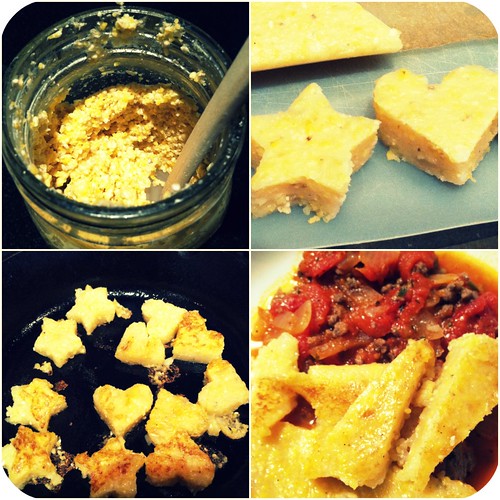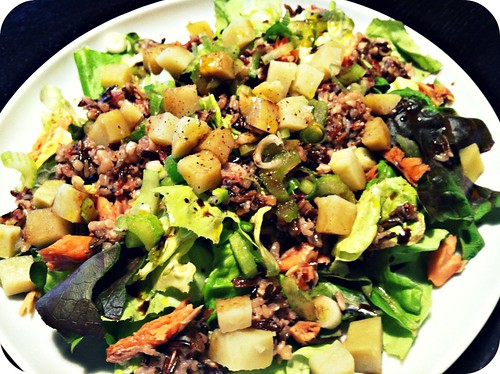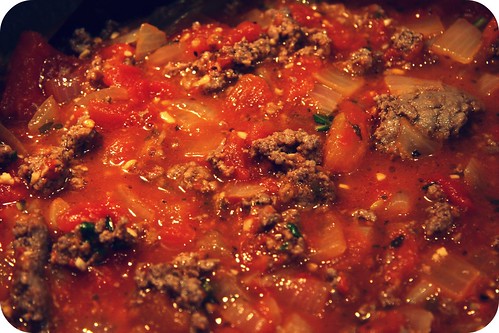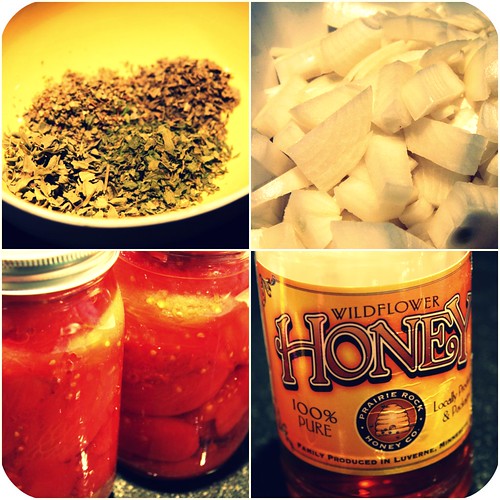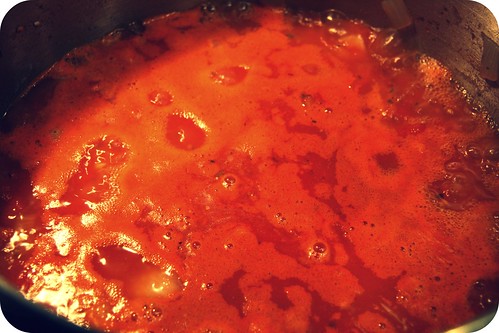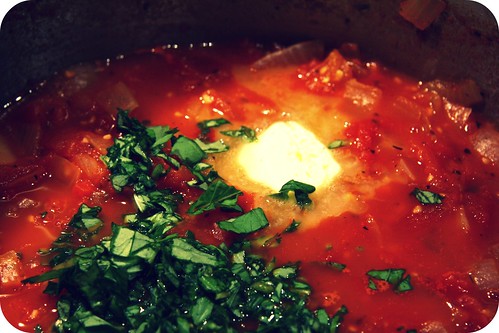Let's pick up where we left off yesterday, shall we? Okay! Oh, you don't remember where we left off? We were talking about what is working for us and what is not working for us in the quest for hypoallergenic food for the whole family. Mostly I talked about what is not working for us. I was a little negative yesterday. I apologize for that.
But today! Let's be positive! What can we be positive about? My son is NOT allergic to corn! Now, people have issues with corn, I get it, and it's not the easiest food to digest, I get that too. But we're adjusting to some new dietary restrictions right now and embracing those things that do not cause hives. And we seem to handle corn fine. So this week we really like cornmeal. (And popcorn and tortillas.) I have three cornmeal recipes for you in fact. Herein, eaters, I've got some polenta for you.
I have always liked polenta. I think I have made it once or twice in the past using the recipe on the back of the cornmeal bag. I've never chilled and sliced and grilled it though. That seemed like a lot of work and I thought I just liked it in its more porridge-y form. I thought wrong. Chilled and grilled polenta is WAY better (and pretty easy). MC, Beckett (that's my little boy), and I all loved it. (Sadie (2.5-yr old girl) not so much. But she only seems to want strawberries and yogurt lately so her opinion should not be given much weight.)
The best part: you can cut it into stars and hearts. Because sometimes saying "I love you" just isn't enough.
Almost Alton Brown's Savory Polenta
Adapted from Food Network
Yield: 4 servings
2 tablespoons olive oil, plus extra for grilling or sauteing if desired
1 small-medium onion, finely chopped
1 to 1 1/2 teaspoons salt (use the lesser amount of your stock/broth is salted/store-bought)
2 cloves garlic, minced or pressed
2 cups water (or you could omit water and use 4 cups broth)
2 cups chicken or vegetable broth
1 cup cornmeal (Alton Brown says coarse; mine was "medium")**
3 tablespoons unsalted butter
1/4 teaspoon freshly ground black pepper
1/3 cup nutritional yeast flakes*
Preheat oven to 350 degrees F.
In a large, oven-safe saucepan or dutch oven heat the olive oil over medium heat. Add the onion and salt and sweat until the onions begin to turn translucent, approximately 4 to 5 minutes. Reduce the heat to low, add the garlic, and saute for 1 to 2 minutes, making sure the garlic does not burn.
Turn the heat up to high, add the water and stock, bring to a boil. Gradually add the cornmeal while continually whisking. Once you have added all of the cornmeal, cover the pot and place it in the oven. Cook for 35 to 40 minutes, stirring every
10 minutes to prevent lumps. Remove from the oven and add the butter, salt, and pepper. Once they are incorporated, gradually add the nutritional yeast*.
Serve as is, or pour the polenta into 9 by 13-inch cake pan lined with parchment paper. Place in the refrigerator to cool completely.
Once set, turn the polenta out onto a cutting board and cut into squares, rounds, hearts, stars, or triangles. Brush each side with olive oil and saute in a nonstick skillet over medium heat, or grill.
The adults in the household ate grilled polenta triangles with this tomato sauce.
*Alton Brown suggests using 2 ounces Parmesan, grated. I just didn't feel like eating more cheese that day, so I used nutritional yeast and it was super good.
** I soaked the cornmeal in water with 1 tablespoon whey overnight. I don't know enough to tell you you should do this, but soaking grains is something we've been doing in our household lately. My point in mentioning this is that, if you do happen to soak your grains and you soak the cornmeal before making this particular recipe, it does not affect the cooking time or method at all. Maybe it ends up a little creamier though (and gentler on the belly). For more info on soaking grains, check out Nourishing Traditions.

